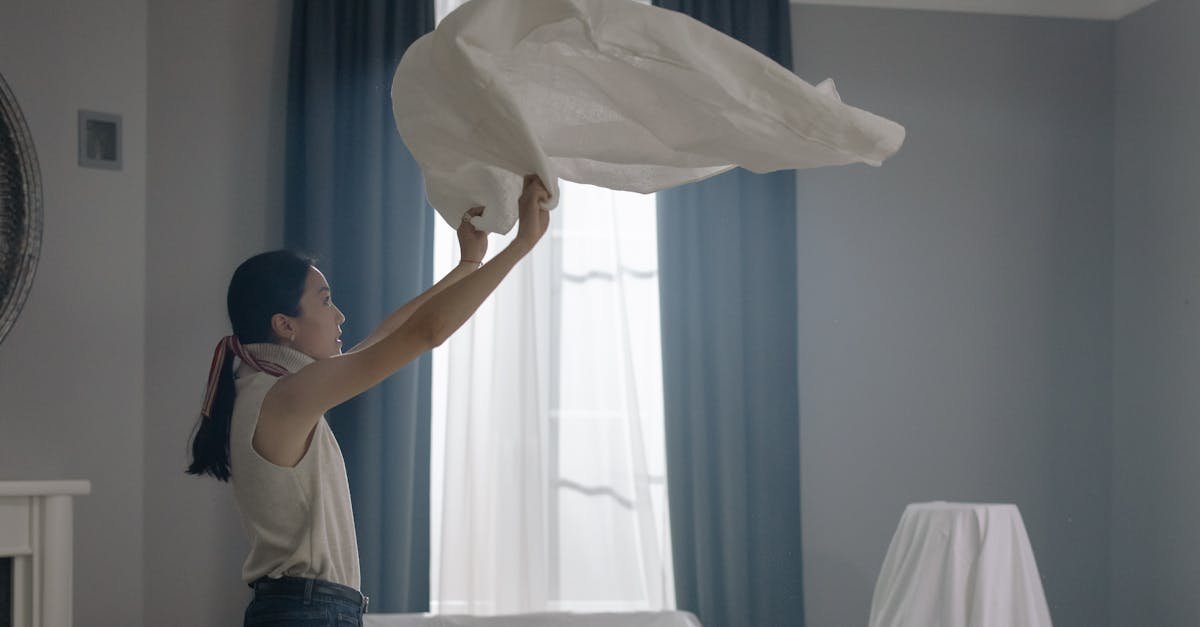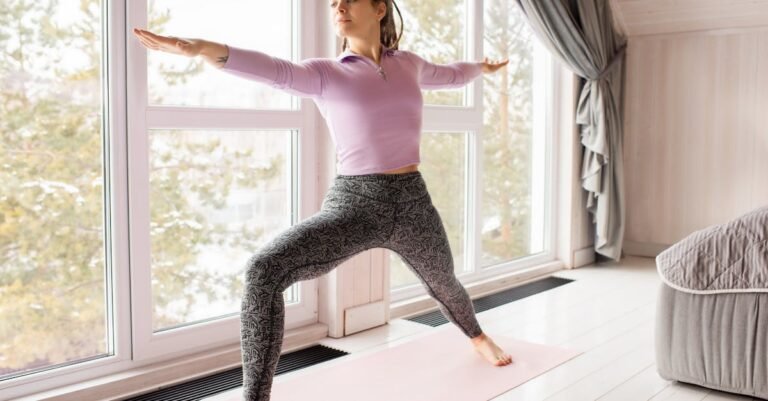Ever feel like you’re just going through the motions? Maybe you wake up kinda tired, feel stressed by lunchtime, and just generally blah by the end of the day, especially if you spend a lot of time indoors. It’s super common! It often feels like there’s no time or energy for complicated wellness stuff. But what if getting a little boost, feeling calmer, and more connected to yourself wasn’t complicated at all? This article is all about building a super simple daily breathwork and movement routine you can actually do at home, even if you only have a few minutes. We’ll break down why it helps and how to make it stick, so you can start feeling more energized and, well, more like you again.
Why Bother with Breathing (Like, Really Breathing)?
Okay, obviously, we all breathe constantly without thinking. But paying attention to your breath on purpose? That’s different. Think of it like having a remote control for your insides. When you feel stressed or anxious, your breathing often gets fast and shallow. Taking slow, deep breaths tells your brain, “Hey, it’s cool, we can chill out.” It helps calm your nervous system down.
It’s not magic, it’s just how our bodies are wired! Imagine your nervous system has two main channels: the “uh oh, stress!” channel and the “ahhh, relax” channel. Deep, mindful breathing helps switch from the stress channel to the relax channel. Even just a minute or two can make a difference. Try this: Breathe in slowly while counting to four, hold for four, breathe out slowly for four, and pause for four. That’s called
Moving Just Enough to Feel Good
When we say “movement,” please don’t think you suddenly need to run a marathon or do intense boot camp workouts in your living room (unless you want to!). We’re talking about gentle ways to wake up your body, shake off stiffness, and just feel less stuck.
Think about how you feel after sitting for a long time – maybe your shoulders are tight, your back feels kinda creaky? A little bit of movement helps get the blood flowing and loosens things up. It could be simple neck rolls, shoulder shrugs, stretching your arms up high, or doing some gentle twists side-to-side. Maybe it’s putting on a song and just wiggling around for a few minutes! It’s about checking in with your body and giving it what it needs to feel a bit more alive and less like a rusty hinge.
Finding Your Sweet Spot: When and How Long?
The best routine is one you’ll actually do. Forget “go big or go home.” Start small. Seriously small. Can you find 5 minutes? Maybe 10? That’s perfect. Consistency is way more important than doing a super long session once a week.
Think about when it might fit best. First thing in the morning to set a calm tone? A quick reset during your lunch break? Winding down before bed? There’s no wrong answer. Let’s imagine a fictional person, Sarah. Sarah tried to start with 30 minutes every morning, felt overwhelmed, and quit after three days. Then she decided to try just 5 minutes of stretching and 2 minutes of deep breathing right after her morning coffee. Because it felt easy, she stuck with it, and soon it just became part of her day.
Making it Stick: Tips for Real Life
Okay, starting is one thing, but making it a regular habit? That can be tricky. Here are a few ideas:
- Piggyback it: Link your new routine to something you already do every day. Like Sarah did with her coffee, maybe you do it right after brushing your teeth, or before checking your phone.
- Set a reminder: A simple alarm on your phone can work wonders, especially at the beginning.
- Create a space: You don’t need a fancy home gym. Just a small corner, maybe with a comfy mat or cushion, can signal to your brain “Okay, it’s routine time.”
- Be kind to yourself: Miss a day? No big deal! Seriously. Just pick it back up tomorrow. It’s not about perfection, it’s about showing up most of the time.
The goal is to make it feel less like a chore and more like a little gift you give yourself each day.
Listening to Your Body (It Knows Stuff!)
This is super important. Your body isn’t the same every single day. Some mornings you might wake up feeling energetic, other days you might feel tired and slow. Your routine should be flexible enough to match how you feel.
Tune in for a second before you start. What does your body seem to need today? If you’re feeling stressed, maybe focus more on slow, calming breaths and gentle stretches. If you’re feeling sluggish, maybe try some slightly more active movements like arm circles or marching in place, combined with more energizing breaths (like breathing in slightly longer than you breathe out). Think of it like choosing what clothes to wear – you check the weather first, right? Same idea here: check in with your internal “weather.”
Putting It All Together: Your Simple Starter Routine
Ready to try it? Here’s a super basic template you can adapt. Remember, this is just an idea – feel free to mix and match!
Total time: Around 7-10 minutes
- Breath Focus (2-3 minutes): Sit or lie down comfortably. Close your eyes if you like. Start with a few rounds of Box Breathing (in for 4, hold 4, out 4, hold 4). Or, simply focus on breathing deeply into your belly, feeling it rise as you inhale and fall as you exhale. Just notice your breath.
- Gentle Movement (5-7 minutes):
- Neck Rolls: Slowly tilt your head side to side, then gently roll chin to chest and ear to shoulder.
- Shoulder Rolls: Roll your shoulders up, back, and down. Then reverse.
- Cat-Cow Stretch: If you’re on the floor (on hands and knees), arch your back like a cat, then drop your belly towards the floor like a cow. Repeat a few times. (You can do a version of this seated too!)
- Gentle Twists: Sitting or standing, gently twist your upper body side to side.
- Reach Up: Stretch your arms way up high, maybe wiggle your fingers.
That’s it! Feel free to add other simple movements you enjoy. If you find you want more guidance or structured routines later on, exploring resources like mindfulness apps or online movement programs can be a great next step.
Wrapping it Up
So, creating a daily breathwork and movement routine at home doesn’t have to be another thing to add to your overwhelming to-do list. Think of it as hitting a mini-reset button. We talked about how paying attention to your breath can actually help you feel calmer, almost like flipping a switch inside. And adding just a little bit of gentle movement can wake up your body and shake off that stiff, stuck feeling. Remember, starting small and being consistent is key – even 5 or 10 minutes a day makes a real difference. Listen to your body, adapt the routine to how you feel, and don’t worry about perfection. It’s all about finding simple ways to feel a bit better, calmer, and more connected, right in your own home.










